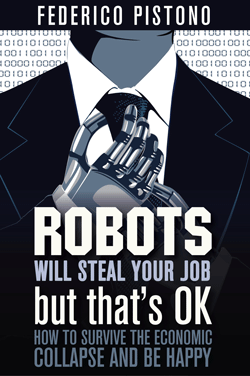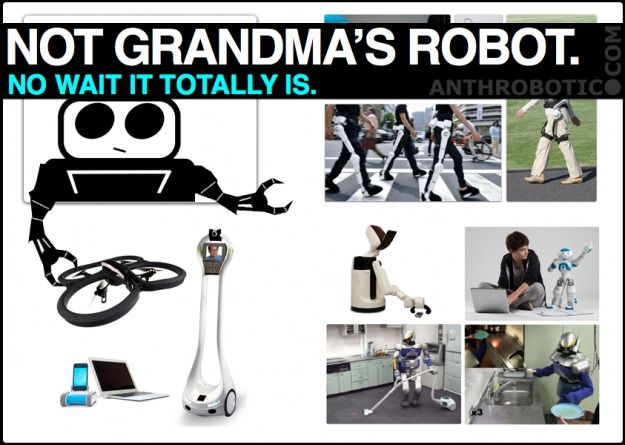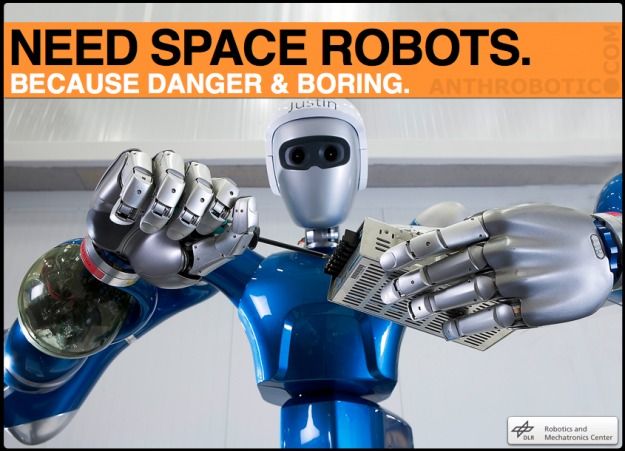This essay was originally published by the Institute for Ethics & Emerging Technologies
One of the most common anti-Transhumanist tropes one finds recurring throughout Transhumanist rhetoric is our supposedly rampant hubris. Hubris is an ancient Greek concept meaning excess of pride that carries connotations of reckless vanity and heedless self-absorbment, often to the point of carelessly endangering the welfare of others in the process. It paints us in a selfish and dangerous light, as though we were striving for the technological betterment of ourselves alone and the improvement of the human condition solely as it pertains to ourselves, so as to be enhanced relative to the majority of humanity.
In no way is this correct or even salient. I, and the majority of Transhumanists, Techno-Progressives and emerging-tech-enthusiasts I would claim, work toward promoting beneficial outcomes and deliberating the repercussions and most desirable embodiments of radically-transformative technologies for the betterment of all mankind first and foremost, and only secondly for ourselves if at all.
The ired irony of this situation is that the very group who most often hails the charge of Hubris against the Transhumanist community is, according to the logic of hubris, more hubristic than those they rail their charge against. Bio-Luddites, and more generally Neo-Luddites, can be clearly seen to be more self-absorbed and recklessly-selfish than the Transhumanists they are so quick to raise qualms against.
The logic of this conclusion is simple: Transhumanists seek merely to better determine the controlling circumstances and determining conditions of our own selves, whereas Neo-Luddites seek to determine such circumstances and conditions (even if using a negative definition, i.e., the absence of something) not only for everyone besides themselves alive at the moment, but even for the unquantable multitudes of minds and lives still fetal in the future.
We do not seek to radically transform Humanity against their will; indeed, this is so off the mark as to be antithetical to the true Transhumanist impetus — for we seek to liberate their wills, not leash or lash them. We seek to offer every human alive the possibility of transforming themselves more effectively according to their own subjective projected objectives; of actualizing and realizing themselves; ultimately of determining themselves for themselves. We seek to offer every member of Humanity the choice to better choose and the option for more optimal options: the self not as final-subject but as project-at-last.
Neo-Luddites, on the other hand, wish to deny the whole of humanity that choice. They actively seek the determent, relinquishment or prohibition of technological self-transformation, and believe in the heat of their idiot-certainty that they have either the intelligence or the right to force their own preference upon everyone else, present and future. Such lumbering, oafish paternalism patronizes the very essence of Man, whose only right is to write his own and whose only will is to will his own – or at least to vow that he will will his own one fateful yet fate-free day.
We seek solely to choose ourselves, and to give everyone alive and yet-to-live the same opportunity: of choice. Neo-Luddites seek not only to choose for themselves but to force this choice upon everyone else as well.
If any of the original Luddites were alive today, perhaps they would loom large to denounce the contemporary caricature of their own movement and rail their tightly-spooled rage against the modern Neo-Luddites that use Ludd’s name in so reckless a threadbare fashion. At the heart of it they were trying to free their working-class fellowship. There would not have been any predominant connotations of extending the distinguishing features of the Luddite revolt into the entire future, no hint of the possibility that they would set a precedent which would effectively forestall or encumber the continuing advancement of technology at the cost of the continuing betterment of humanity.
Who were they to intimate that continuing technological and methodological growth and progress would continually liberate humanity in fits and bounds of expanding freedom to open up the parameters of their possible actions — would free choice from chance and make the general conditions of being continually better and better? If this sentiment were predominant during 1811–1817, perhaps they would have lain their hammers down. They were seeking the liberation of their people after all; if they knew that their own actions might spawn a future movement seeking to dampen and deter the continual technological liberation of Mankind, perhaps they would have remarked that such future Neo-Luddites missed their point completely.
Perhaps the salient heart of their efforts was not the relinquishment of technology but rather the liberation of their fellow man. Perhaps they would have remarked that while in this particular case technological relinquishment coincided with the liberation of their fellow man, that this shouldn’t be heralded as a hard rule. Perhaps they would have been ashamed of the way in which their name was to be used as the nametag and figurehead for the contemporary fight against liberty and Man’s autonomy. Perhaps Ludd is spinning like a loom in his grave right now.
Does the original Luddites’ enthusiasm for choice and the liberation of his fellow man supersede his revolt against technology? I think it does. The historical continuum of which Transhumanism is but the contemporary leading-tip encompasses not only the technological betterment of self and society but the non-technological as well. Historical Utopian ventures and visions are valid antecedents of the Transhumanist impetus just as Techno-Utopian historical antecedents are. While the emphasis on technology predominant in Transhumanist rhetoric isn’t exactly misplaced (simply because technology is our best means of affecting and changing self and society, whorl and world, and thus our best means of improving it according to subjective projected objectives as well) it isn’t a necessary precondition, and its predominance does not preclude the inclusion of non-technological attempts to improve the human condition as well.
The dichotomy between knowledge and device, between technology and methodology, doesn’t have a stable ontological ground in the first place. What is technology but embodied methodology, and methodology but internalized technology? Language is just as unnatural as quantum computers in geological scales of time. To make technology a necessary prerequisite is to miss the end for the means and the mark for a lark. The point is that we are trying to consciously improve the state of self, society and world; technology has simply superseded methodology as the most optimal means of accomplishing that, and now constitutes our best means of effecting our affectation.
The original Luddite movement was less against advancing technology and more about the particular repercussions that specific advancements in technology (i.e. semi-automated looms) had on their lives and circumstances. To claim that Neo-Luddism has any real continuity-of-impetus with the original Luddite movement that occurred throughout 1811–1817 may actually be antithetical to the real motivation underlying the original Luddite movement – namely the liberation of the working class. Indeed, Neo-Luddism itself, as a movement, may be antithetical to the real impetus of the initial Luddite movement both for the fact that they are trying to impose their ideological beliefs upon others (i.e. prohibition is necessarily exclusive, whereas availability of the option to use a given technology is non-exclusive and forces a decision on no one) and because they are trying to prohibit the best mediator of Man’s ever-increasing self-liberation – namely technological growth.
Support for these claims can be found in the secondary literature. For instance, in Luddites and Luddism Kevin Binfield sees the Luddite movement as an expression of worker-class discontent during the Napoleonic Wars than having rather than as an expression of antipathy toward technology in general or toward advancing technology as general trend (Binfield, 2004).
And in terms of base-premises, it is not as though Luddites are categorically against technology in general; rather they are simply against either a specific technology, a specific embodiment of a general class of technology, or a specific degree of technological sophistication. After all, most every Luddite alive wears clothes, takes antibiotics, and uses telephones. Legendary Ludd himself still wanted the return of his manual looms, a technology, when he struck his first blow. I know many Transhumanists and Technoprogressives who still label themselves as such despite being weary of the increasing trend of automation.
This was the Luddites’ own concern: that automation would displace manual work in their industry and thereby severely limit their possible choices and freedoms, such as having enough discretionary income to purchase necessities. If their government were handing out guaranteed basic income garnered from taxes to corporations based on the degree with which they replace previously-manual labor with automated labor, I’m sure they would have happily lain their hammers down and laughed all the way home. Even the Amish only prohibit specific levels of technological sophistication, rather than all of technology in general.
In other words no one is against technology in general, only particular technological embodiments, particular classes of technology or particular gradations of technological sophistication. If you’d like to contest me on this, try communicating your rebuttal without using the advanced technology of cerebral semiotics (i.e. language).
References.
Binfield, K. (2004). Luddites and Luddism. Baltimore and London: The Johns Hopkins University Press.












